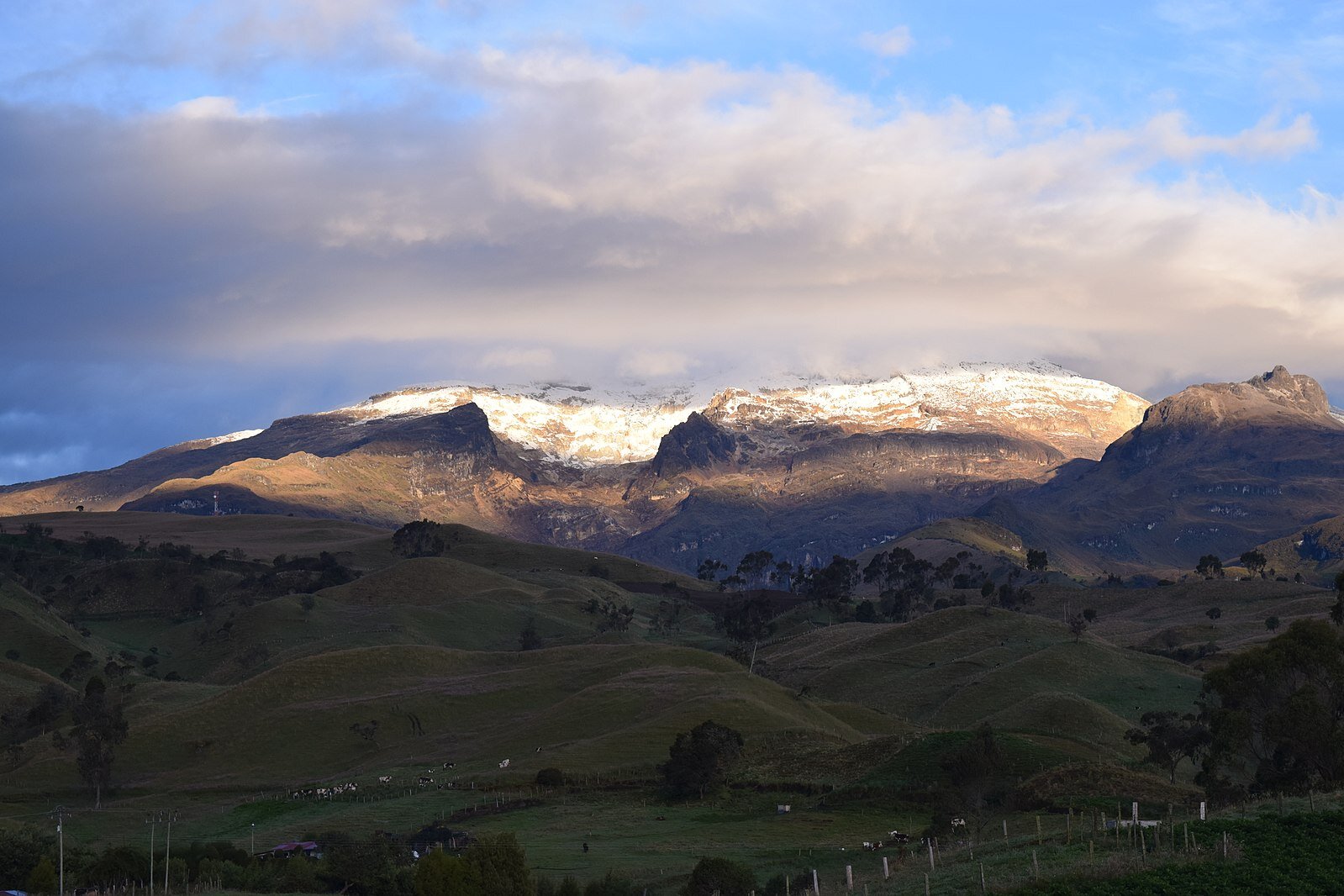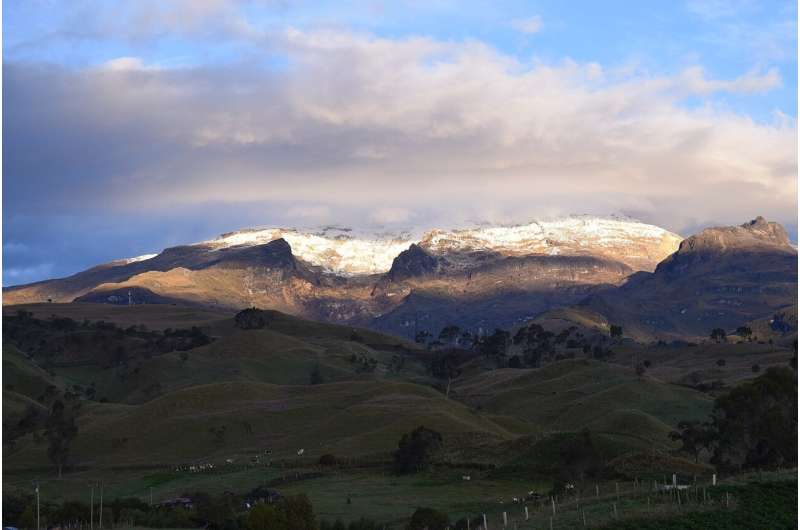

Hundreds of villagers who live in the shadow of the Western Hemisphere’s deadliest volcano, Colombia’s Nevado del Ruiz, have been on edge for nearly a month ever since the 17,000-foot-tall mountain started spewing plumes of ash and steam high into the atmosphere, indicating that an eruption could be imminent.
But for now, those who have elected to remain in their homes, instead of evacuating as local authorities have advised, can only wait and watch.
“This is a high-risk and well-monitored volcano, and right now, all the ingredients for a new eruption are there,” said Falk Amelung, a professor of marine geosciences at the University of Miami Rosenstiel School of Marine, Atmospheric, and Earth Science.
“A significant seismic swarm occurred on March 30, and this [low-magnitude] earthquake sequence strongly suggests that magma is on the move,” Amelung continued. “We also know from geodetic data that there was significant magma intrusion in the previous decade. So, if the Colombian Geological Survey says that something unusual is going on, that’s a warning that should be taken seriously.”
Many residents, however, have refused to heed those warnings and are staying, saying their livelihoods depend on it. Located about 80 miles northwest of Colombia’s capital city of Bogotá, Nevado del Ruiz is home to fertile grounds farmed by many families.
Like Washington’s Mount St. Helens, it is also a glacier-covered volcano. “Even a relatively small eruption would melt the glacier,” Amelung pointed out. “Volcanic ash combined with the meltwater would form mudflows known as lahars that can travel fast and for several miles.”
That is precisely what happened on Nov. 13, 1985, when Nevado del Ruiz erupted, inundating the city of Armero with a river of mud, rocks, lava, and icy water, and killing more than 23,000 inhabitants in only a matter of minutes.
“Armero was in a high-hazard zone because it was built on lahar deposits from eruptions centuries earlier,” Amelung said. “This was well known, and people were asked to evacuate. Unfortunately, local leaders did not communicate this properly to the population. Most people decided to stay and were then killed by the arriving lahar.”
But while ash and smoke have continued to billow from Nevado del Ruiz in the past few weeks, it is impossible to say with any certainty that the volcano will erupt, according to Amelung. “This increased period of activity could well die down and nothing happens,” he said.
Because of global warming, the glaciers that cover the volcano’s summit are much smaller today than they were 38 years ago when the tragedy occurred in Armero.
“Which, ironically, is good news in terms of lahar hazards because there is less ice and snow available to melt,” Amelung explained. “But it is also bad news in terms of eruption hazards because there is less pressure from the overburden to keep the magma at depth.”
Provided by
University of Miami
Citation:
Is Colombia’s deadly Nevado del Ruiz on the verge of a major eruption? (2023, April 28)
retrieved 28 April 2023
from https://phys.org/news/2023-04-colombia-deadly-nevado-del-ruiz.html
This document is subject to copyright. Apart from any fair dealing for the purpose of private study or research, no
part may be reproduced without the written permission. The content is provided for information purposes only.

